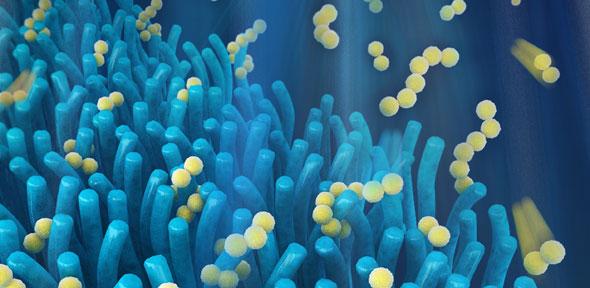
Described in the journal Advanced Functional Materials, the lithium-sulphur battery has a nanostructured layer of zinc oxide wires on its cathode, which mimics the villi found in the gut. In the body, villi absorb the products of digestion and increase the surface area over which the process can take place. In the new battery, the nano-wires prevent degradation of performance by trapping poly-sulphides around the cathode and preventing them being lost into the electrolyte.
Because of the way that sulphur reacts with lithium, batteries with electrodes made from these materials can store more power. But attempts to develop the technology have so far been frustrated, as performance deteriorates quickly. This new discovery could open doors for the next generation of battery power.
"It's a tiny thing, this layer, but it's important," said study co-author Dr Paul Coxon from Cambridge's Department of Materials Science and Metallurgy. "This gets us a long way through the bottleneck which is preventing the development of better batteries."
While the layer of zinc oxide nano-wires significantly improves performance, the lithium-sulphur battery can still not endure as many charge cycles as a lithium-ion battery. However, this shortcoming would be offset to some degree by the higher energy storage, which would reduce the frequency that the battery required charging.
"This is the first time a chemically functional layer with a well-organised nano-architecture has been proposed to trap and reuse the dissolved active materials during battery charging and discharging," said study lead author Teng Zhao, a PhD student from the Department of Materials Science & Metallurgy.
"By taking our inspiration from the natural world, we were able to come up with a solution that we hope will accelerate the development of next-generation batteries."




Nanogenerator consumes CO2 to generate electricity
Whoopee, they've solved how to keep a light on but not a lot else.